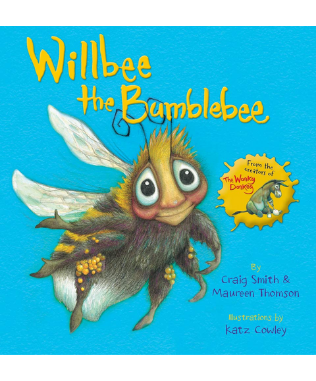As part of our ‘bee day’, Ioan read the story Willbee The Bumblebee to Finny and Cian. Their ages are 6, 4 and 1.
Resources
- Willbee The Bumblebee written by Craig Smith and Maureen Thompson, illustrated by Katz Cowley
Method
We’ve enjoyed the Wonky Donkey, by the same author and illustrator before, but we hadn’t read this book, so they were all looking forward to it.
Cian struggles to sit through a long story in one go, but came back at the end and asked for Ioan to read the end to him.






DfES Outcomes for EYFS and National Curriculum (2013)
English Year 1 programme of study
Reading – word reading
- read aloud accurately books that are consistent with their developing phonic knowledge and that do not require them to use other strategies to work out words
- re-read these books to build up their fluency and confidence in word reading.
Reading – comprehension
- discuss word meanings, linking new meanings to those already known
- check that the text makes sense to them as they read and correcting inaccurate reading
- explain clearly their understanding of what is read to them.
Science Year 1 programme of study
Animals, including humans
- identify and name a variety of common animals including fish, amphibians, reptiles, birds and mammals
- identify and name a variety of common animals that are carnivores, herbivores and omnivores
- describe and compare the structure of a variety of common animals (fish, amphibians, reptiles, birds and mammals, including pets)
Science Year 2 programme of study
Living things and their habitats
- explore and compare the differences between things that are living, dead, and things that have never been alive
- identify that most living things live in habitats to which they are suited and describe how different habitats provide for the basic needs of different kinds of animals and plants, and how they depend on each other
- identify and name a variety of plants and animals in their habitats, including micro-habitats
- describe how animals obtain their food from plants and other animals, using the idea of a simple food chain, and identify and name different sources of food.













